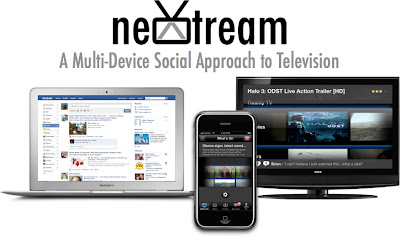
Interventionist Healer: This object serves the family who views their genetic mutation within a fatalistic, predetermined narrative: They accept the experience of carrying the mutation as part of the family identity, but choose to be active.

This object is given as heirloom to the child who did not inherit the genetic mutation. While physically fortunate in avoiding the illness, in effect they are also excluded from a substantial part of the familys narrative.
With the increased availability of genetic information, the view of our body and identity as a sequence of genes is becoming prevalent. This perception of ourselves has the power to reconstruct our familial relationships and challenge our conception of responsibility, risk and autonomy. Gold and silver, much like a number of genetic cancers, are traditionally passed down the generations as inheritance. The emerging use of precious metals in medicine and especially in cancer treatment draws parallels between material heirloom and genetic ancestry. This series of speculative heirloom objects is based on the medical applications of nanogold particles and responds to the new moral codes of genetic responsibility. Each object address a certain issue within this context; focusing on the emotional and psychological implications of genetic knowledge.How does the comprehension of genetic vulnerability change our behaviour? Can new materials have an effect on our morals and social structures?
Genetic Heirloom by designer Revital Cohen with Partner The Wellcome Trust. Collaborators: Professor Richard Ashcroft, Professor of Bioethics, School of Law, Queen Mary University,London. Dr Ainsley Newson, The Centre for Ethics in Medicine, University of Bristol. Professor Andy Miah, Professor in Ethics & Emerging Technologies at the University of West of Scotland.Photography by Gary Hamill







